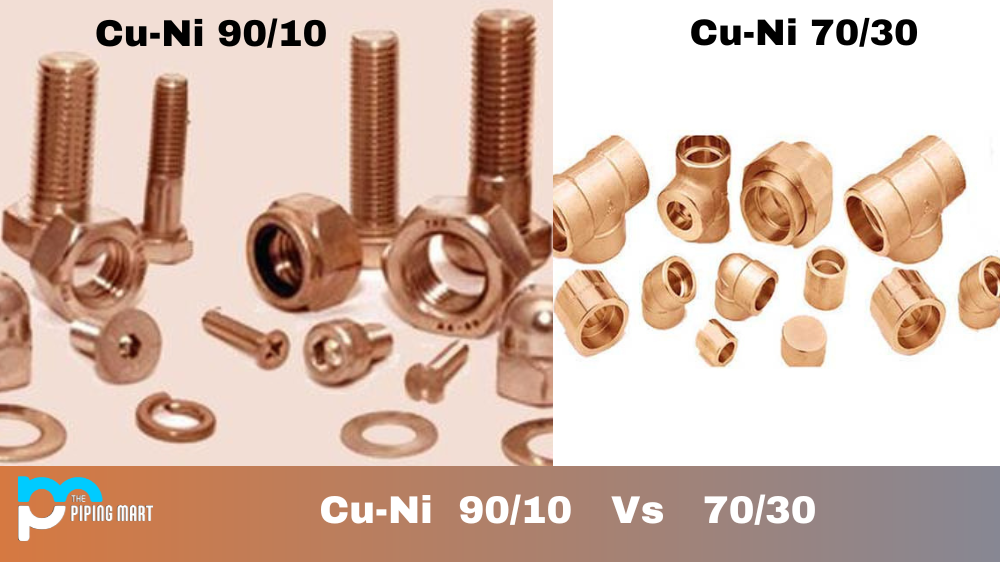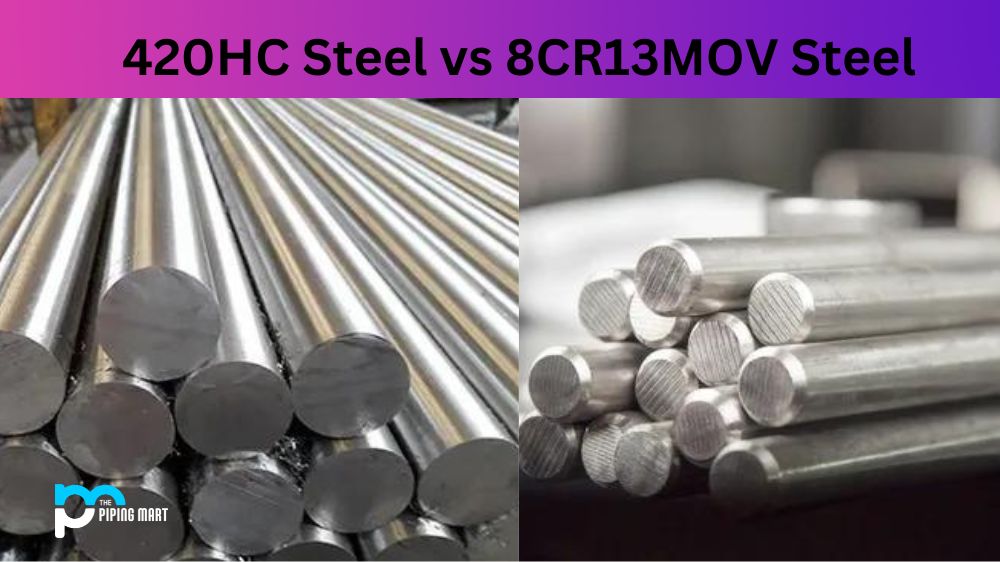Copper-nickel alloys, or Cu-Ni for short, are popular for marine engineering projects. These alloys are corrosion-resistant and have superior electrical properties, making them suitable for use in seawater piping systems, valves, pumps, and other components. Two of the most common copper-nickel alloys used in marine engineering applications are Cu-Ni 90/10 and Cu-Ni 70/30. But what is the difference between these two types of alloy? Let’s take a look!
Cu-Ni 90/10 Vs 70/30
Chemical Composition
The first major difference between Cu-Ni 90/10 and 70/30 is their chemical composition. The chemical makeup of each alloy determines its physical properties, such as strength, ductility, machinability, weldability, corrosion resistance, etc. The Cu-Ni 90/10 alloy contains 90% copper and 10% nickel while the Cu-Ni 70/30 alloy has a composition of 70% copper and 30% nickel. This results in different physical characteristics that can be tailored to specific requirements. For example, the higher nickel content of the 70/30 alloy gives it superior strength compared to the 90/10 alloy.
Applications
Due to the different chemical compositions of these alloys, they are used in different types of applications. The Cu-Ni 90/10 alloy is typically used for seawater piping systems due to its superior corrosion resistance properties compared to other materials like steel or aluminum. The increased nickel content of the Cu-Ni 70/30 makes it ideal for valves and pumps due to its improved strength over other alloys such as brass or aluminum.
Cost Difference
The cost difference between these two alloys depends on a few factors, such as availability in your area and current market prices. Generally speaking. However, you can expect the cost per kilogram (kg) for both alloys to be relatively close, with slight variations based on availability in your area or region. You should shop around to get the best deal available!
Conclusion:
Cu-Ni alloys are an important part of any marine engineering project due to their corrosion resistance properties in saltwater environments and their superior electrical conductivity capabilities. Of the many types available on the market today, two stand out for their popularity: Cu-Ni 90/10 and 70/30 alloys. While there may not be much difference between them when it comes to cost per kg, there are differences in terms of chemical composition, which translates into different physical characteristics that make each type more suited for certain applications than others, namely piping systems (90/10) and valves & pumps (70/30). Enjoy shopping around!

Pipingmart is a B2B portal that specializes in metal, industrial and piping items. Additionally, we share the latest information and information about materials, products and various types of grades to assist businesses that are involved in this business.




